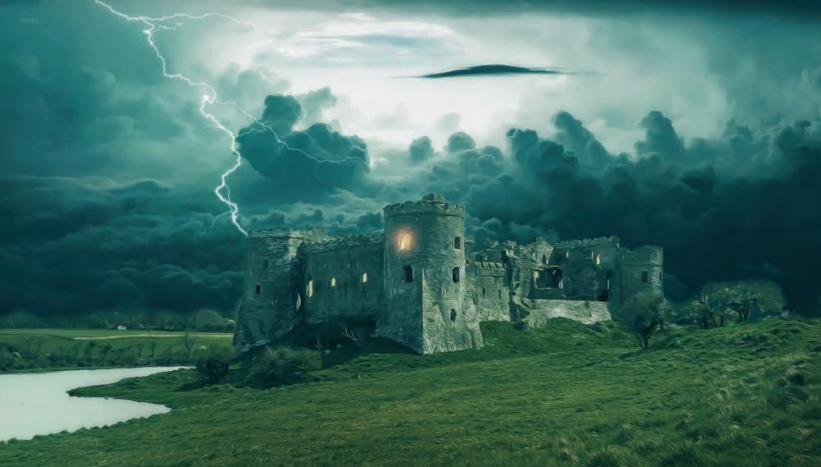There's more to lightning protection than Franklin could have imagined
 Most churches still rely on the traditional ‘tower only’ system of lightning protection, using a conductor mounted on the highest point of the church – the tower or steeple.
Most churches still rely on the traditional ‘tower only’ system of lightning protection, using a conductor mounted on the highest point of the church – the tower or steeple.
However, protection against lightning is also an essential element of the electrical installation of historic buildings of all kinds, many with large and complex structures. The ‘tower only’ system is unlikely to be appropriate and, indeed, the current British Standard BS EN 62305 recommends the more sophisticated Faraday cage system plus surge protection for electrical and telecoms equipment.
Described as ‘a mesh of conductors at intervals laid over the roof and down the walls of the building, and connected to earth by earth electrodes’, the Faraday cage allows a large area of a building to be protected.
Surge protection devices are recommended for incoming electrical supplies and telecom lines, particularly if they are overhead feeds into the building.
Whatever kind of system is installed in a historic building, it is essential it is designed to be unobtrusive. The stated policy of Historic England is:
“The installation of a lightning conductor implies in most cases the fixing of equipment to the fabric of a building. Historic England seeks to ensure that any works to a historic building do not unnecessarily disturb or destroy historic fabric.”
Midlands-based installers Lightning Strike Ltd describe the criteria thus:
“The material must do an effective job, while not impacting on the historical appearance of the building. With this in mind, an 8mm circular copper conductor is popularly used on historic buildings. This can be sheathed with coloured PVC so that it blends in with its surroundings. The aim is to make the conductor appear to be part of the building, instead of contrasting with it.”
Other parts of the system can also be concealed or disguised, such as behind the walls of parapets or turrets. ‘Hiding in plain sight’ can be an effective ploy, persuading the viewer to look at a building feature and ignore the lightning conductor.
Whatever the design and installation, a lightning protection system should be inspected and tested regularly. In its guidance notes – aimed at churches particularly, but relevant to all heritage buildings – Historic England recommends testing on an annual basis, but concedes that the rugged nature of lightning protection systems may mean that a longer timescale may be appropriate.
However, it adds a note of caution, stating: “By attracting a strike and then being unable to discharge it safely, a poorly-maintained installation (which usually means a high-resistance path to earth) could put a church with lightning protection at greater risk of damage than a church with no protection at all.”
John Jolly, vice president of the trade association ATLAS and director of specialist contractor Cuttings, says: “ATLAS have a campaign called ‘Inspect and Protect’ which highlights the importance of regular lightning protection maintenance and provides information for clients on what to look for when choosing your specialist contractor.”
He goes on to say “ATLAS has also introduced a higher level NVQ3 qualification specifically for Test & Inspection engineers and I would urge clients to ask their contractors for evidence of this training.”
One thing that all experts agree on is that the design, installation, maintenance and testing of any lightning protection system in a historic building should be carried out by an accredited engineer or installer. Historic England and its counterparts in the other devolved administrations should be consulted for advice.
Our thanks are due to John Jolly, vice president of the trade association ATLAS and director of specialist contractor Cuttings, for his technical help in the preparation of this article. For further information on ATLAS visit www.atlas.org.uk















